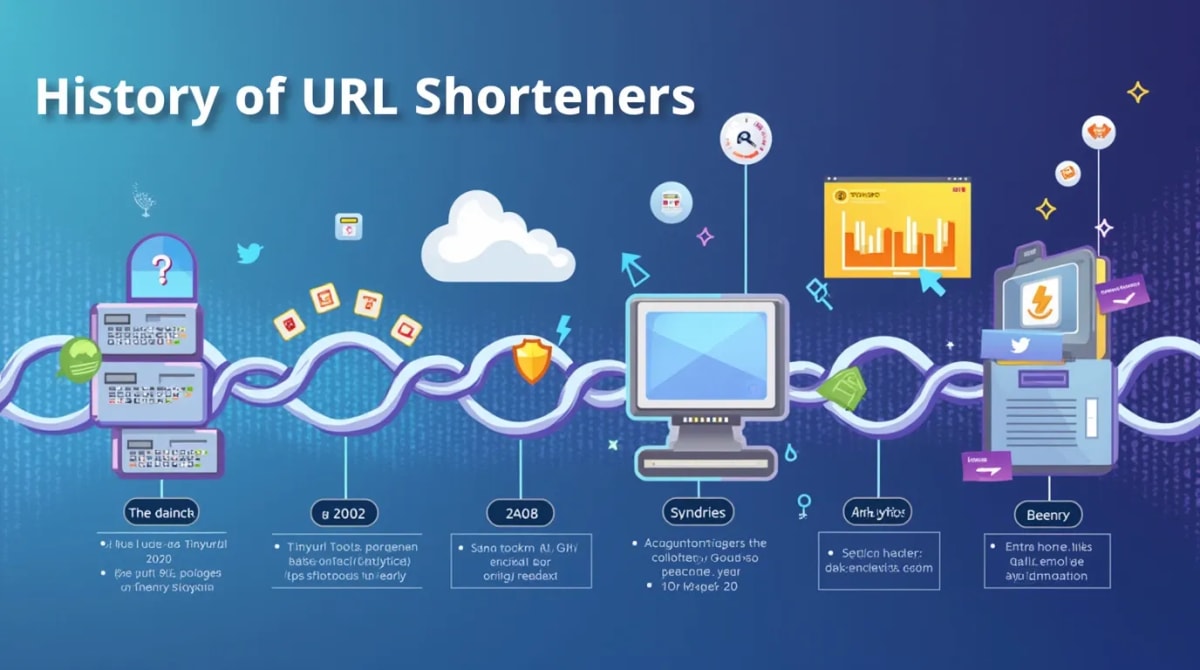
SQL Injection Prevention Tips
Last updated on: June 28, 2025
In the ever-evolving world of cybersecurity, SQL injection attacks remain a significant threat to web applications. These attacks can compromise sensitive data, disrupt business operations, and cause severe financial losses. This article explores SQL injection, its dangers, and practical tips to prevent these attacks from harming your website.
What is SQL Injection?
SQL injection is a code injection technique where attackers exploit vulnerabilities in an application's input fields to manipulate its SQL database. By inserting malicious SQL code into input fields, attackers can bypass authentication, retrieve sensitive data, or even destroy database information.
For more on SQL injection, visit the OWASP SQL Injection guide.
Why SQL Injection is Dangerous
- Data Theft: Attackers can extract sensitive customer or business data.
- Database Corruption: Malicious SQL commands can delete or alter database records.
- Unauthorized Access: Hackers can gain administrative privileges.
- Financial and Reputational Damage: The fallout of a data breach can be costly and tarnish your brand.
Learn about real-world data breaches caused by SQL injection on Wikipedia.
Top Tips to Prevent SQL Injection
- Use Parameterized Queries (Prepared Statements): Avoid concatenating SQL strings directly. Instead, separate SQL code from user inputs.
- Validate User Inputs: Restrict input formats and disallow special characters.
- Escape User Inputs: Escape special characters in inputs before executing queries.
- Use Stored Procedures: Encapsulate SQL queries within stored procedures to minimize risks.
- Enforce Least Privilege: Assign minimum permissions to database user accounts.
- Regular Updates: Keep your software, frameworks, and libraries updated.
- Deploy a Web Application Firewall (WAF): Use tools like Cloudflare WAF for added security.
- Monitor Database Activity: Audit logs frequently to detect suspicious behavior.
Common Myths About SQL Injection
- Myth 1: Only login forms are vulnerable. Reality: Any input field is a potential target.
- Myth 2: Encryption prevents SQL injection. Reality: Encryption does not address coding vulnerabilities.
Tools for Testing SQL Injection Vulnerabilities
Consider using these tools to identify vulnerabilities:
Conclusion
SQL injection attacks are preventable with the right strategies. By implementing parameterized queries, validating inputs, and leveraging tools like WAFs, you can safeguard your database and maintain your web application's integrity. Don’t wait for a breach to take action—start fortifying your security measures today!
FAQs
- What is SQL injection, and how does it work?
- SQL injection exploits input fields to insert malicious SQL code into a database query, potentially exposing sensitive data.
- What are the signs of an SQL injection attack?
- Signs include unexpected database errors, unauthorized access, or changes to database records.
- Can SQL injection attacks be completely prevented?
- While no system is entirely immune, following best practices significantly reduces risks.
- What tools help detect SQL injection vulnerabilities?
- Tools like SQLMap, OWASP ZAP, and Burp Suite are excellent for identifying vulnerabilities.









